Searching for the 'Smart City' in Jalandhar - Part 1
By Varun Patil, Research Assistant
A long long journey: Walking through the trajectories of Jalandhar’s flagship smart city project, the multi-purpose Sports Hub at Burlton Park.
It is almost 12 noon on a pleasant summer afternoon in Jalandhar. We are cruising past on the historical Grand Trunk or GT road, one of Asia's oldest and longest major roads running all the way from Bangladesh to Afghanistan, and cutting through the middle of this historical city like a vital artery. Our destination is Burlton Park area in the North east part of the city which has been selected as the ABD area for Jalandhar city under the Smart City Mission. According to the Jalandhar smart city proposal, a host of projects are planned to come up in this 1000 odd acre area ranging from improving sewerage network to introduction of e-rickshaws to canal beatification[1]. We however are interested in exploring the progress of the flagship smart city project of Jalandhar; a multi-purpose sports hub proposed to come up on the municipality owned Burlton Park.
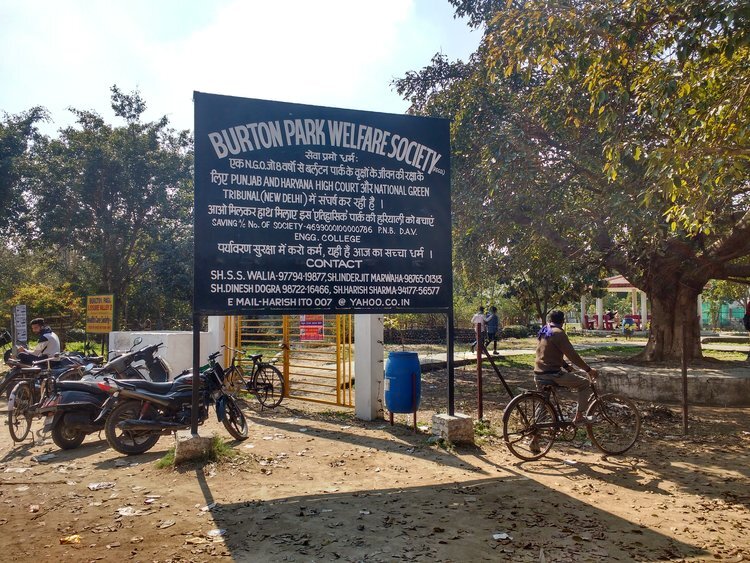
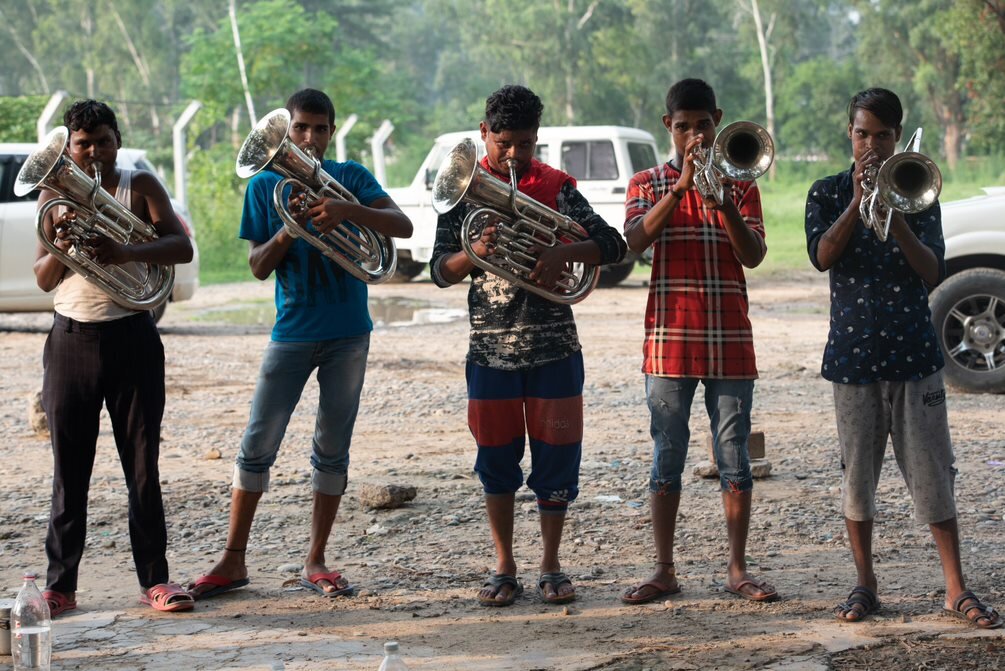
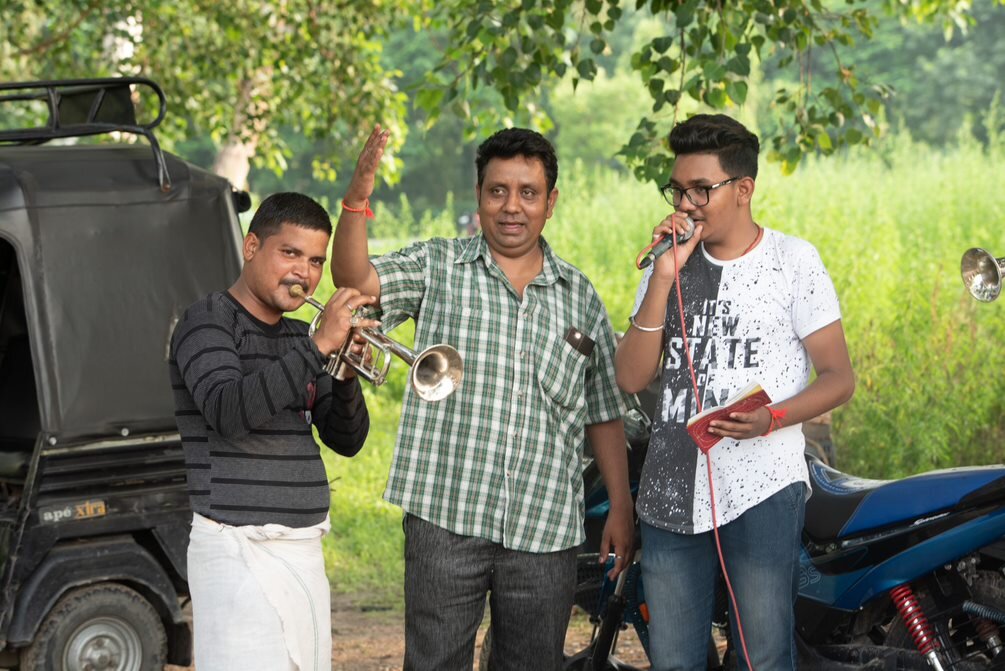
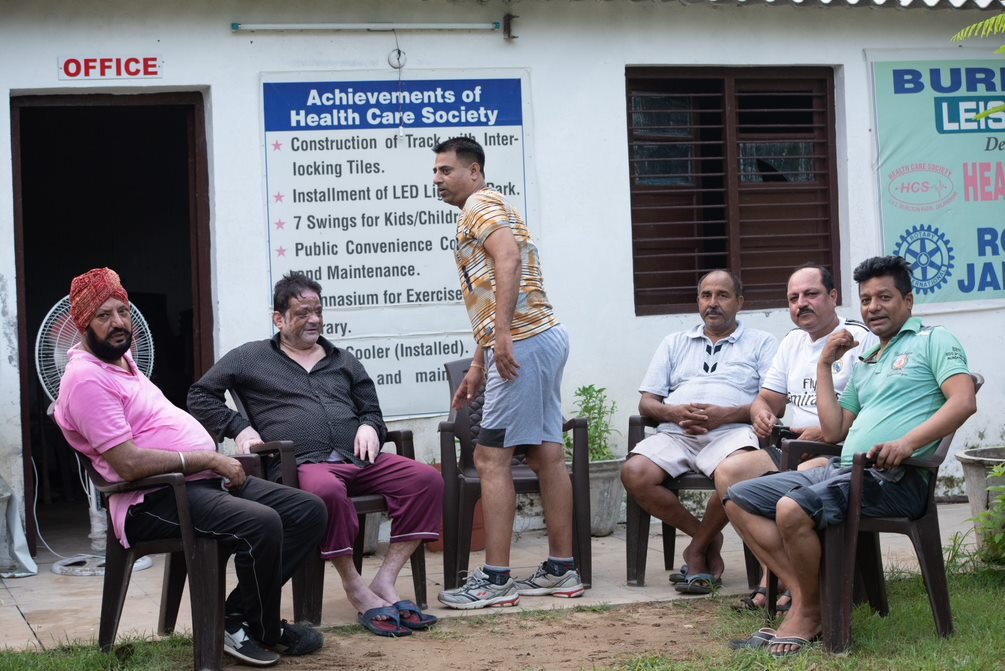
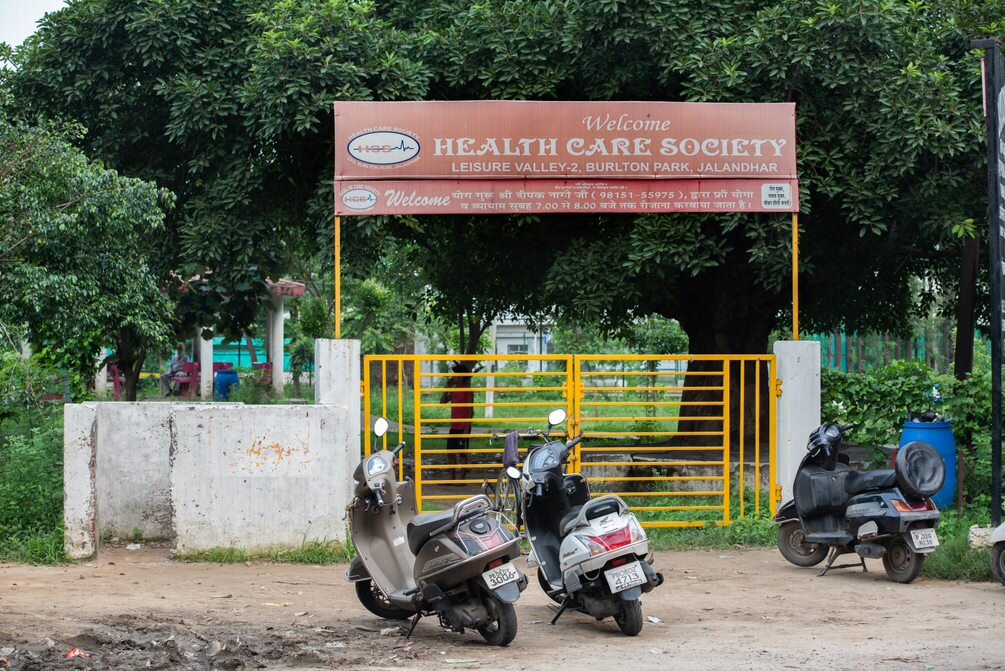
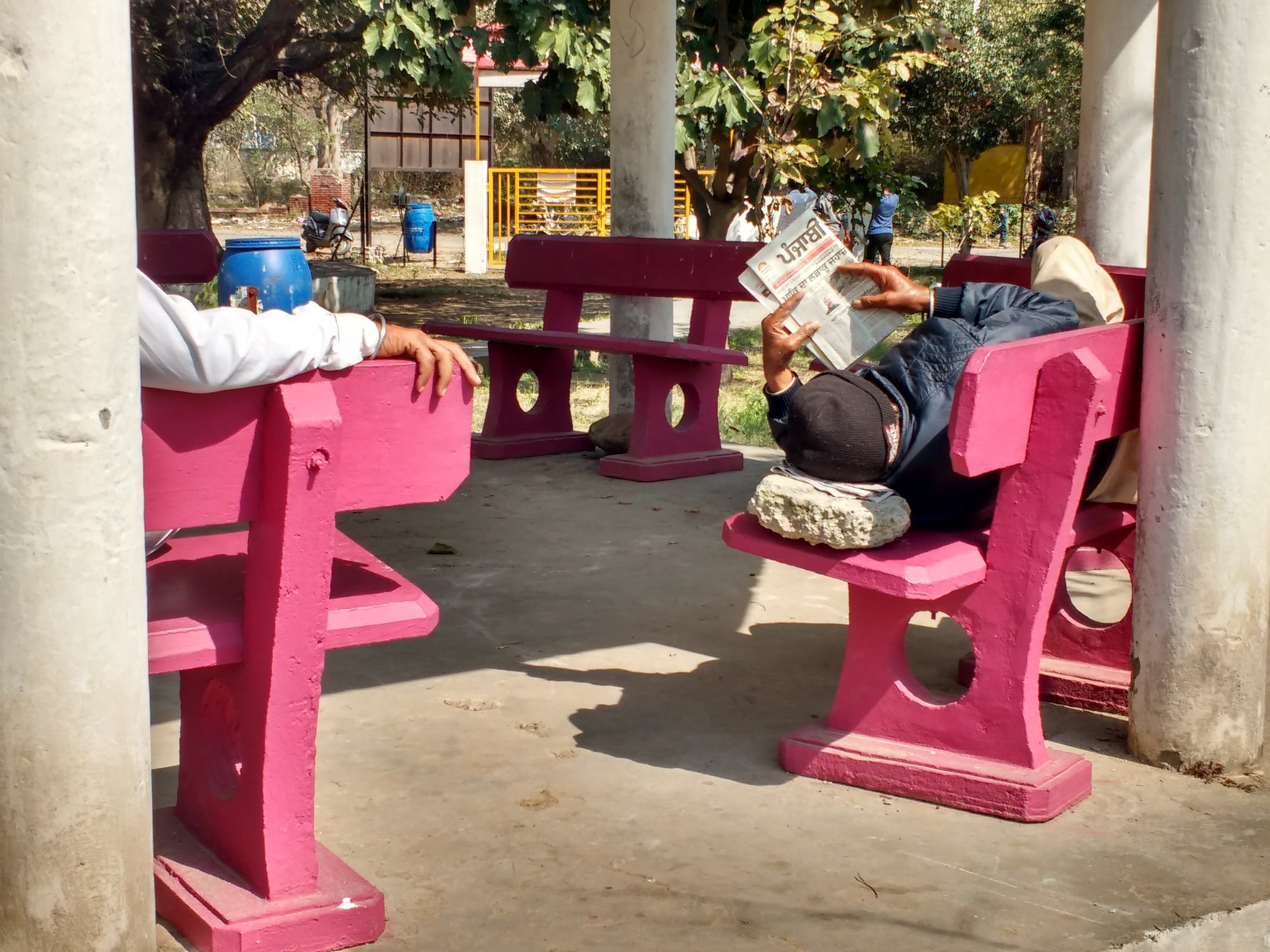
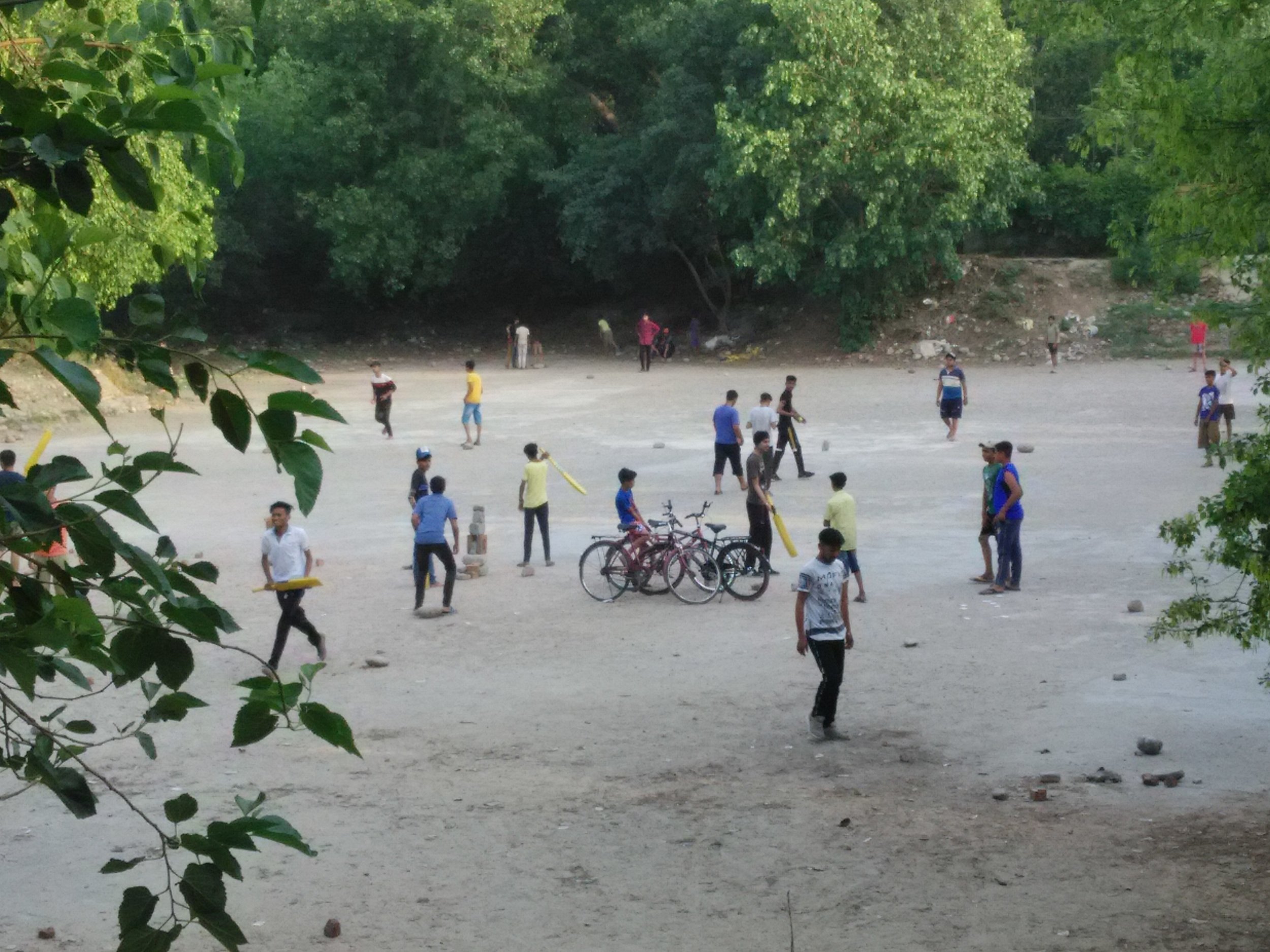
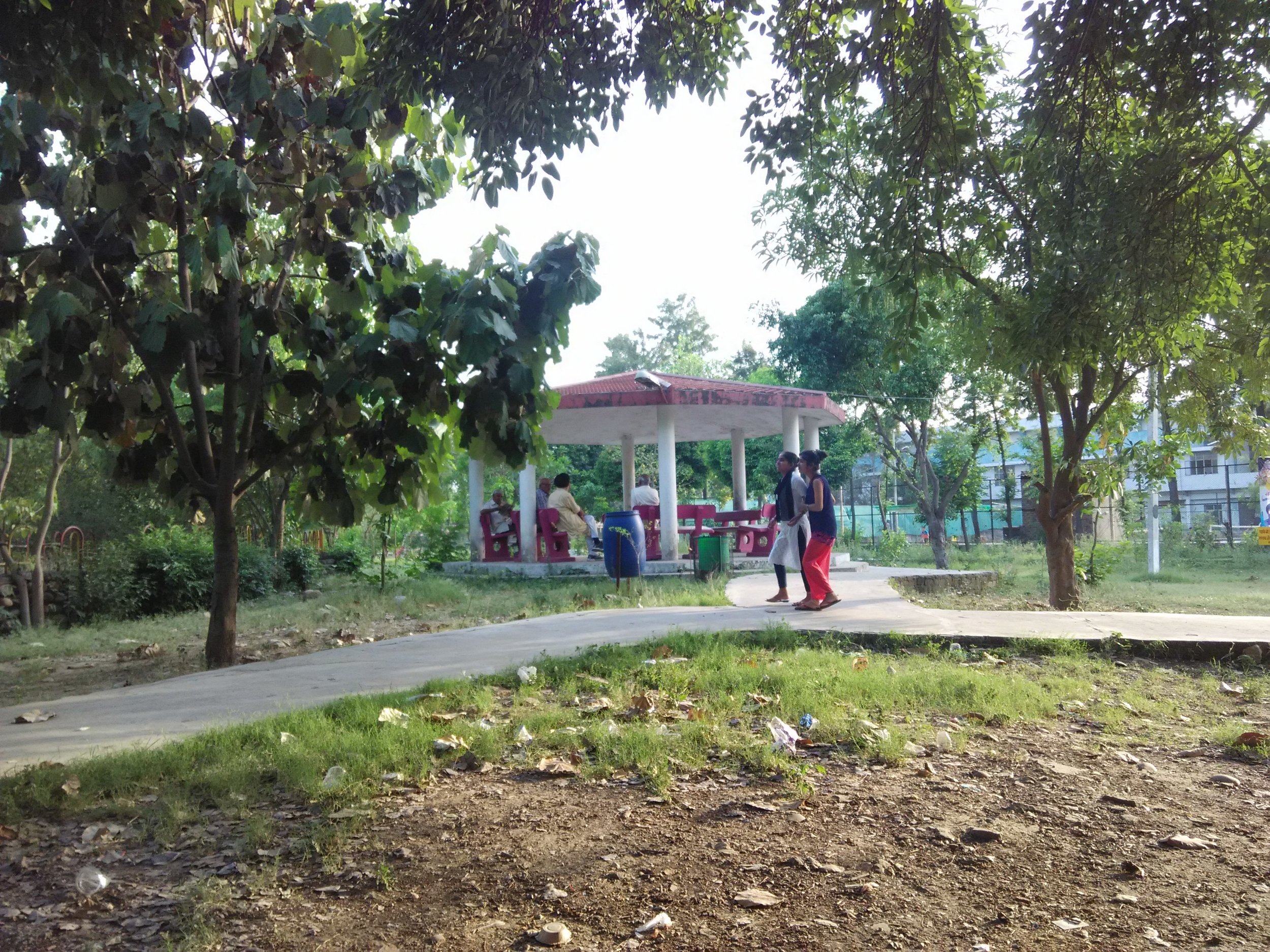
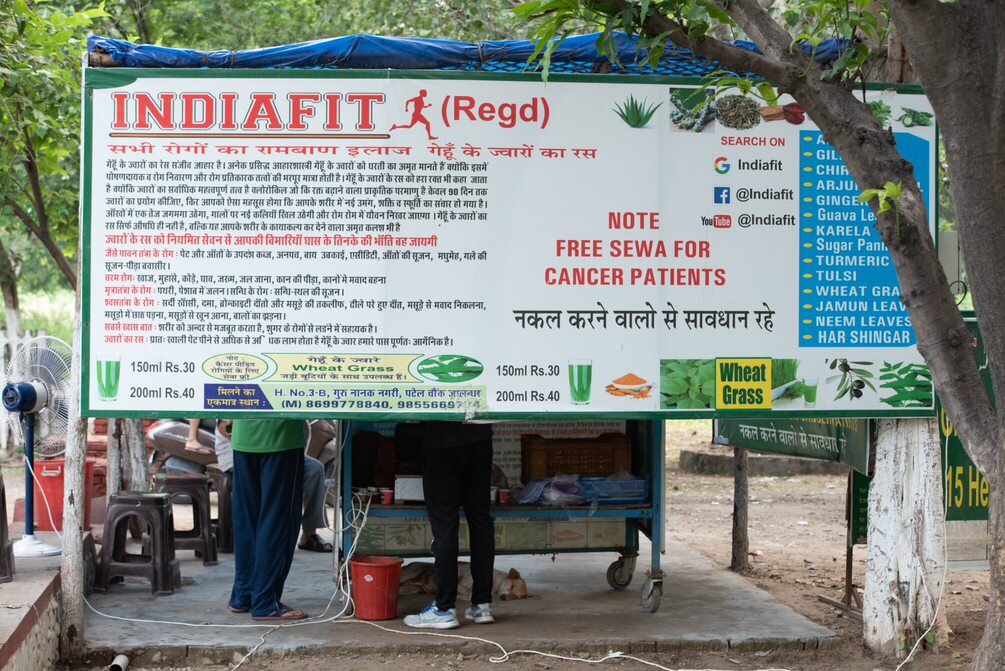
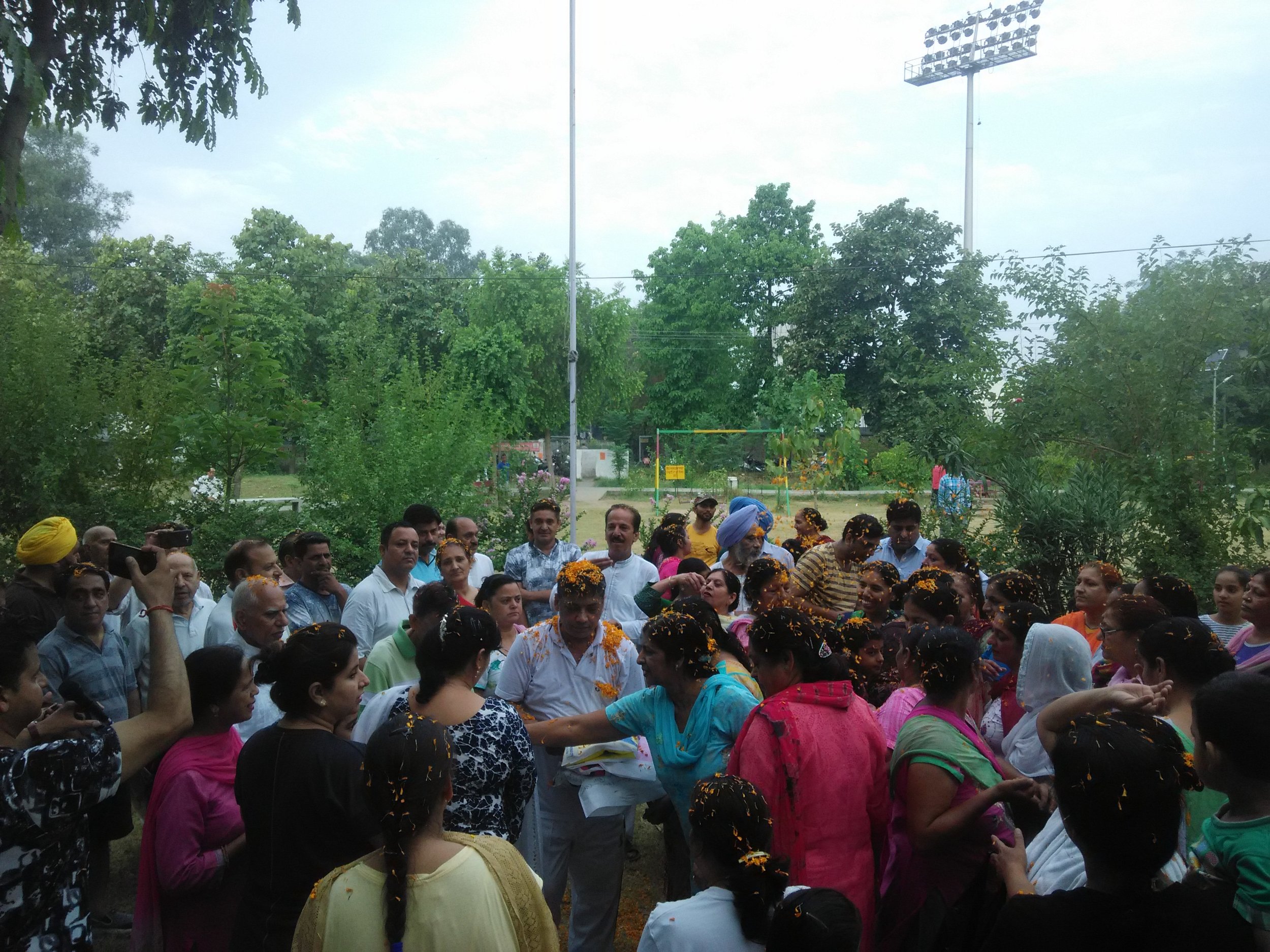
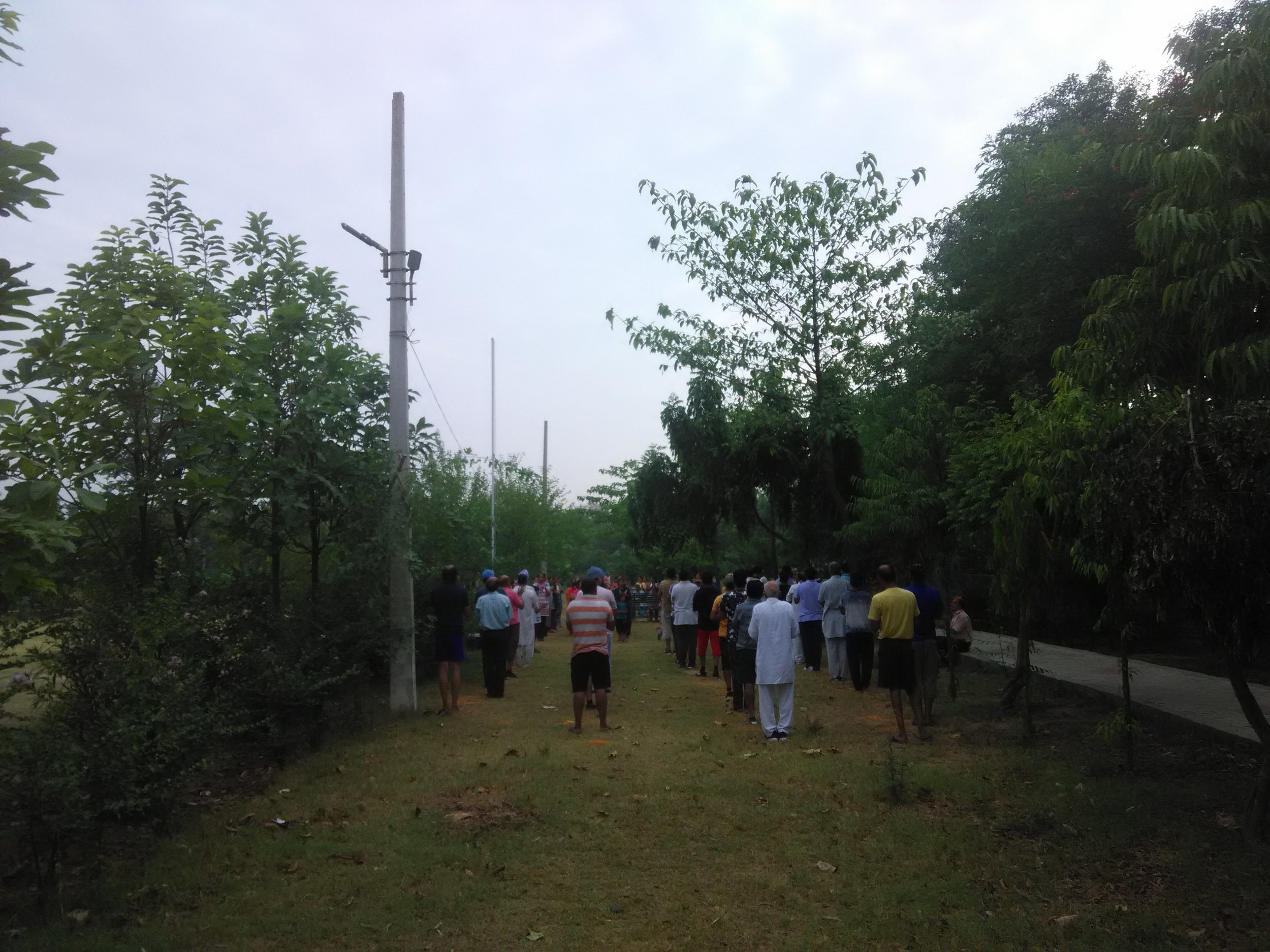
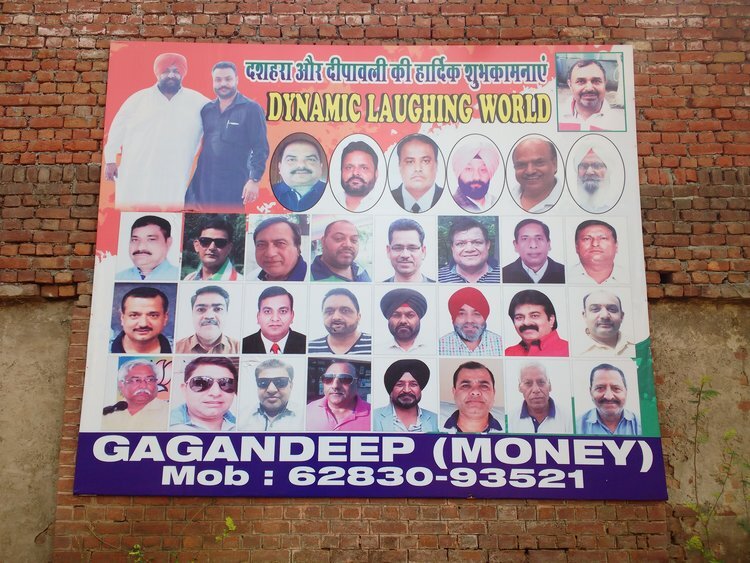
As our auto moves through the city one can’t help but notice the numerous billboards advertising visa immigration and ILETS coaching services, a vital economy of Jalandhar. One of the highest immigration from India is from the Doaba region in Punjab (where the city is located) where almost every family has someone who has migrated or is trying to migrate overseas. Finally our auto takes a left from the GT road and arrives at the park area gate, where we are greeted by a small board and a massive overflowing garbage dump. Leaving the stench we move ahead alongside a thick avenue of trees and arrive at a small intersection in the middle of the nowhere. As we get down, we spot a big tree under which a local hair massage wala seems to be doing good business. There is no sign whatsoever of the proposed smart sports hub.
As we walk around the place we discover that the vast 63 acres area owned by the municipality is divided into two major sections: one where the existing sports infrastructure is concentrated (hockey, tennis and cricket ground) and the other consisting of a vast open green area. We walk towards the cricket stadium where a local match is on. As we start clicking pictures, our attention moves towards the huge demolished debris of the erstwhile audience stands. We then move towards the vast open green area which is divided up into many smaller parks and seems to be looked after by different local societies. As we walk around the parks the first thing that strikes us is how the Burlton park area has an interesting ‘loose’ character to it; fraternizing and mingling with all sorts of characters and groups from the city without any discrimination: kids playing gully cricket in a dried up pond, men playing jua (a local game of cards), retired people enthusiastically gossiping or reading newspapers, youngsters in bikes taking selfies or practicing music, ladies practicing pranayama (a breathing exercise), and finally couples giggling and hugging like anywhere else in the world.
As we get to spend time with the various community stakeholders (the societies) over the next few months we learn that Burlton Park (as well as the proposed sports hub project) has had a long and a complex history. A social activist recounting the history of the Burlton park remarks, ‘this was the space where they hosted the partition refugees, the space where many national leaders including Indira Gandhi held their massive rallies and till recently the space where Ram Lila during Dussera festival was held’. Many sports enthusiasts also recalled the good old times when international cricket matches were held here, including the Pakistan-West Indies one in 1989. With the stadium demolished a decade ago the cricketing action shifted to Mohali and Jalandhar seems to have lost its cricketing glory. The open green area, many members recall, went into disuse in the late 1980’s and almost became a ‘wild jungle’ until various local societies began taking over and turning them into proper parks from the year 2000 onwards. Though the societies have transformed the space through planting trees, laying down concrete walkways, installing water facilities and benches, they seem to be facing dire challenge from two forces which threaten to take over their carefully curated space; the so called “undesirables” (the couples, gamblers, drug addicts, stray animals) and the Jalandhar municipality.
The municipality, we learn, has always had an eye on this vast 63 acre space and had attempted several infrastructure projects inside it in the past. None of them though seemed to materialise though, either due to transfer of officials or lack of funds. We were told how an earlier commissioner became obsessed with developing a fish pond and a second campus for Jalandhar club in Burlton Park. Work on both were started only to be abandoned later (the fish pond is now empty and used to play cricket by kids from neighbouring bastis).
In 2008 the municipality came up with its grandest plan yet: to set up a multi-purpose sports hub in 63 acres at Burlton Park[2]. The grand vision of then Mayor Rakesh Rathore, the plan also included setting up of hotel and commercial shops which could be allocated to local sports manufacturers to boost the economy. It also proposed a 66 feet wide road connecting Gulab Devi road with DAV College cutting through the heart of the green area. Many members vividly recall that one of the arguments made by the municipality was that the sports hub will boost the property value of the surrounding neighbourhoods, many of them ‘unauthorised’ colonies. The Municipality was even successful in securing a HUDCO loan and went ahead and awarded the contract to an infrastructure agency from Hyderabad[3]. However the project could not take off due to stiff resistance by the park societies who feared commercialisation and the destruction of the green cover. They were successful in eventually getting the High court and National Green tribunal to issue orders to the municipality to maintain the status quo and not proceed with any project until they got the all necessary clearances from the State Environment Impact Assessment Authority (SEIAA)[4]. According to a news report in the popular daily The Tribune, around 4000 odd trees dot the vast 63 acres of Burlton Park.
The HUDCO loan eventually lapsed and sports hub project lay dormant for the next few years until the then Mayor Sunil Jyothi decided to revive it and make it the flagship project of Jalandhar smart city. However as with the earlier proposal, this one too got delayed as clearances proved to be a major challenge. Finally in March this year, almost three years after Jalandhar was selected for the mission, the SPV smartly re-submitted the proposal again; this time with a reduced built up area of only 8.3 acres and promising to keep the green cover intact. It was eventually cleared by the State Level Environment Impact Assessment Authority[5]. The latest proposal left out the parks eyeing the empty space adjoining the cricket ground: traditionally used for satsangs (religious gatherings), diwali cracker shops and local basti boys to play cricket (a ‘lawaris’ (orphan) space which even the various societies did not seem to care much about). We are told that the new CEO of the smart city project, himself a sports enthusiast, who just took over in February this year, is keen on fast tracking the sports hub project. We also learnt that 5 to 7 companies have already expressed interest to develop the sports hub in the PPP mode and the tenders will be called soon.
Many community stakeholders at Burlton Park are keenly watching the latest developments in the long history of the sports hub saga with much interest. The local news media seems to have piqued the interest of many Jalandharites by covering even the smallest of developments, like a clearance from a particular committee, with great fanfare[6]. A lot of walkers we spoke too were enthusiastic about the proposed hub saying they would love to finally have the opportunity of watching international live cricket matches or IPL in their own backyard. The ex-councilor of the neighboring working class locality, Kabir Nagar was also very enthused about the project, arguing that the sports hub will give opportunities to their gully boys to improve their sporting skills and achieve their dreams.
Many park users however remain vehemently opposed to the sports hub. They point out that this is the only large open space in the city and given that the city is in a high seismic zone, this should be left as a shelter space in case an earthquake strikes. They also cite the problem of commercialization and the resulting traffic congestion and argue the need to locate the sports hub further 10 kms away from the city. Some fear that the hub may not benefit all the citizens equally. A society member taking us around the park told us that 60 percent of the localities surrounding Burlton park area were either poor or working class bastis. “For the residents there this is the only playing and lung space. Where will these people go if the municipality took over the park? You tell me”. For him the sports hub was just like sugary lollipop which the authorities were giving to distract citizens from real civic issues. Even an SPV official who was enthusiastic about the proposed benefits of the sports hub midway through the interview feared that, “Achi cheez banake use logon ko inaccessible na banade”.
Both the supporters and the critics though agree on one thing; they seem equally skeptical whether the sports hub project will ever materialize in their lifetimes. An octogenarian regular walker, who has seen the ups and down of the sports hub over the years tells me, “You see, both the state and local governments in Punjab do not have any funds at all. They are struggling to pay their own employees. Now they are saying we will do it in the PPP model. This may be a good idea for highways where the contractor is sure to earn back. In here the contractor may not able to earn back by renting it for commercial events. Who will be brave enough to take on such a project, you tell me?” The cynics usually cite the disastrous case of Guru Gobind stadium by Jalandhar improvement trust board to make their point. In 2011 the Improvement trust decided to build a grand sports stadium in central Jalandhar. It went ahead and borrowed money (110 crore) from PNB bank to execute its ambitious project. After it was done with the project the trust was unable to pay back the loan and just last year the bank was forced to take possession and symbolically lock up the stadium[7].
As we wrap up our visits to the park area and head back into the city we get the sense that like with any previous case of urban transformation, in the case of the smart city mission too, hopes, fears and cynicism of the publics are intimately bound up with each other. And just like the travellers on the Grand Trunk road once upon a time long ago, the smart city mission in Jalandhar too perhaps has to travel many a varied and sometimes difficult terrain to (hopefully) reach its eventual destination.
Part 2 Contd. here
Notes
[1] https://pmidc.punjab.gov.in/wp-content/uploads/2016/12/Executive_Summary_Jalandhar.pdf
[2] https://www.tribuneindia.com/2012/20120904/jaltrib.htm#1
[3] https://www.tribuneindia.com/news/jalandhar/society-to-approach-ministry-against-smart-city-proposal/227265.html
[4] https://www.tribuneindia.com/news/jalandhar/society-to-approach-ministry-against-smart-city-proposal/227265.html
[5]http://environmentclearance.nic.in/writereaddata/FormB/agenda/02042019OQRSTUVXMinutesof145thmeetingofSEIAAheldon15Mar2019online.pdf
[6] https://www.bhaskar.com/punjab/jalandhar/news/environmental-clearance-to-the-sports-hub-project-080556-4372388.html?utm_expid=.YYfY3_SZRPiFZGHcA1W9Bw.0&utm_referrer=https%3A%2F%2Fwww.google.com%2F
[7] https://www.tribuneindia.com/news/jalandhar/pnb-takes-symbolic-possession-of-guru-gobind-singh-stadium/644393.html
